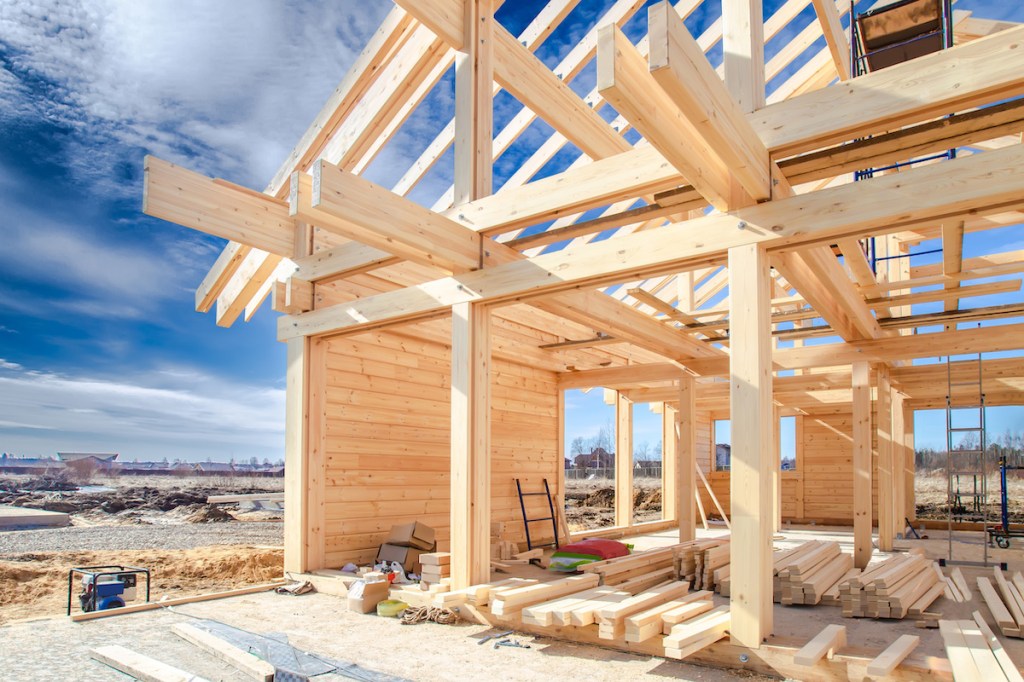This article is part of our 2022 – 2023 Housing Market Update series. After the series wraps, join us on February 6 for the HW+ Virtual 2023 Housing Market Update. Bringing together some of the top economists and researchers in housing, the event will provide an in-depth look at the predictions for this year, along with a roundtable discussion on how these insights apply to your business. The event is exclusively for HW+ members, and you can go here to register.
2022 marked a unique time for homebuilders. With continued supply chain disruption, cost increases and fear of inflation, the market has felt tenuous at best. Each year, we poll our homebuilder community to learn how the market is impacting their business and catch a glimpse into their day-to-day operations.
Fortunately, it’s not all bad news. While much of the homebuilding industry has seen tumultuous conditions, we’ve also seen resiliency in our builder community. Our upcoming State of the Residential Construction Industry (SORCI) Report will reflect how builders have braced for impact: Despite the rate of new contracts slowing, margins didn’t decrease. 31.1% of builders showed profitability with $1 million plus contracts on average. The increase in builders salaries is justified when compared with 58.1% of builders who experienced an increase in their sales revenue in 2022. This number is expected to increase to 72% in 2023.
Here are a few key factors that are impacting the homebuilding market.
Quality Leads
40% of builders cite that they still struggle with understanding how to capture the right leads for their business. This is a critical piece of the puzzle in order to scale operations. The solution is a lot simpler, too, than builders think: it’s as easy as placing quality content in front of the right audience to produce the right leads. This content can be in the form of blog posts on your website, promoting your business with consistent content on social or developing the right communication and frequency with your audience.
One key tactic that may seem simple but is often overlooked is the importance of follow up. Providing, but not inundating a prospect with information that will continue their education process with your business, gives the prospect the freedom to explore what the next stage in the sales process looks like. Ultimately, a massive opportunity awaits builders who understand the importance of this factor in their business.
Subcontractor Delays
61.8% of U.S. homebuilders relied on subcontractors to manage their business in 2022. Unfortunately, subcontractor delays continue to be the number one challenge for 37.1% of builders — a statistic that is worse internationally. In order to manage projects effectively, builders must take into account that there can be frequent rescheduling on jobs given the labor shortage. Should builders decide to utilize subcontractors, the smart ones will ensure that they manage their project timelines accordingly and build in lead times appropriately.
A documented process can help builders achieve industry standards. For example, builders can set goals like a gross profit of at least 25%. They can also perform post-project audits that now more than 52% of building companies rely on to assess budget, timeline and client feedback.
Homebuilding Contract Values
Given the various factors at play in the construction process, builders must remain steadfast in understanding fixed price vs. open book (or cost plus) contracts, and how to ensure they are pricing their jobs correctly for profit.
Two-thirds of builders we polled operate with fixed price contracts — we also recommend this to our clients as fixed price contracts deliver higher gross margins no matter the material price increase. Additionally, 30% of builders we spoke with cited that by using fixed price contracts, they were able to add over 25% to their projects. For the builders relying on cost plus contracts, 25.3% of them were signed with less than 13% gross profit which is unlikely to cover the fixed expenses for the business.
Builders are getting smarter about their finances, which includes planning for project success. The successful builders we spoke to are ensuring their financial security by operating with tools like project management software that helps fill in the gaps that otherwise might leave a hole in the business.
Looking ahead, there is much to be positive about as the homebuilding industry continues to navigate the current landscape. While things will always be uncertain in business, smart builders understand the conditions and use them to their advantage. Learning to pivot is not only essential, but critical, now more than ever.
This column does not necessarily reflect the opinion of HousingWire’s editorial department and its owners.
To contact the editor responsible for this story:
Sarah Wheeler at sarah@hwmedia.com







